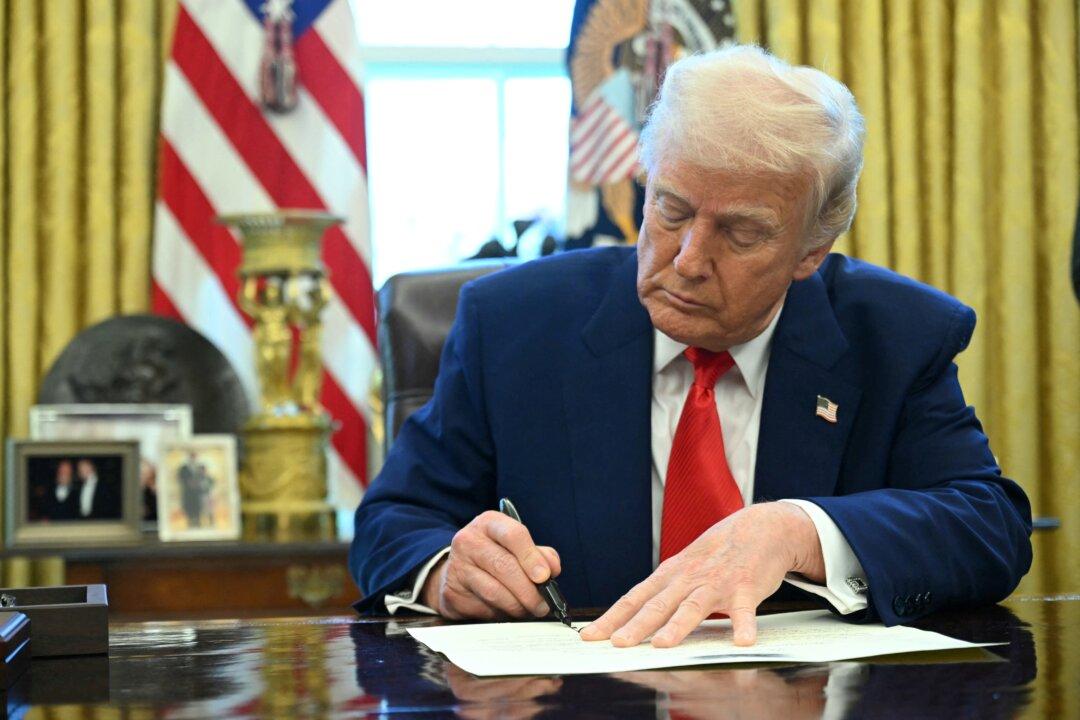Taiwan’s coast guard said on Jan. 5 that a Chinese vessel has allegedly severed an undersea cable located off the coast of the Taiwanese port Keelung Harbor.
Although the coast guard could not verify that the ship belongs to China, Taiwanese officials believe that it was owned by a Hong Kong-registered company with ties to the mainland.
Taiwanese coast guard officials ordered the ship to return to waters near Keelung Harbor for investigation, but rough seas prevented them from boarding. The ship subsequently headed toward South Korea.
The coast guard stated that it has forwarded evidence to local prosecutors, who will determine the next steps.
In November 2024, two undersea fiber-optic cables were severed in the Baltic Sea, and the Chinese bulk carrier Yi Peng 3 is under investigation for the damage.
Part of China’s Strategy
Ho Cheng-hui, CEO of civil defense group Kuma Academy, said the incident was part of China’s efforts to test the international community’s response level as it seeks to escalate its gray zone tactics against Taiwan.Ho told reporters that China has targeted Taiwan’s infrastructure using maritime tactics in the past, prompting the self-ruling island to build its telecommunications resilience.
In recent years, the CCP has used a variety of gray zone tactics to put pressure on Taiwan, including holding large-scale military drills, dispatching fighter jets and warships to areas near the island nation, flying balloons directly over it, and enticing Taiwan’s allies to switch their diplomatic recognition to China.
The CCP views Taiwan as part of its territory and has never denied that it would use force to seize the island. CCP leader Xi Jinping said in his New Year’s speech that “no one can ever stop China’s reunification” with Taiwan.







